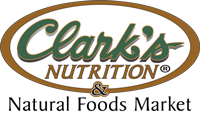Gluten Free
What does following a gluten-free diet mean? That you're embarking on an easy diet with a wide range of health-promoting effects. Instead of dwelling on what you’re giving up, consider that you’re going to enjoy a whole new world of delicious food options to meet your special dietary needs. You’ll be eating seasonally, choosing more fresh fruits and vegetables, focusing on meats, seafood, poultry, legumes, lentils, corn, and rice, and discovering fascinating ancient grains such as quinoa, amaranth, and millet. You’ll be able to eat potatoes, eggs, most cheeses, even chocolate (!)—and enjoy them without guilt because you’ll be taking good care of your body. In fact, you’ll probably end up eating—and feeling—better than ever!
Visit this page for more information about living Gluten Free
---
We carry a large variety of gluten free items, the brands listed below represent just some of the offerings we carry


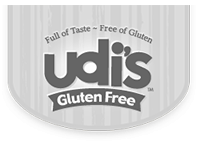


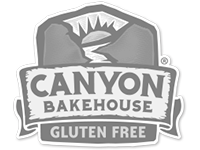
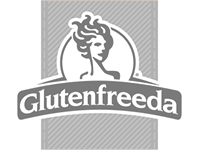
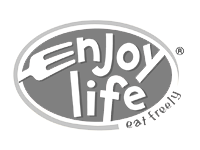
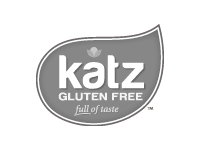



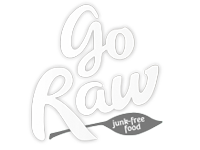
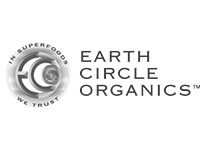

More Diets
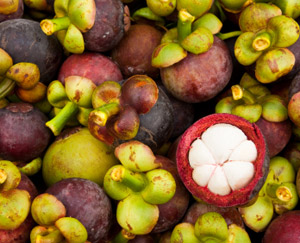
Related Topics
-
Goji Berry—A Modern Look at an Ancient Superfruit
-
Give Old Favorites a New Twist with Pomegranate
-
Beautiful, Bountiful Berries
-
Superfoods to the Rescue
-
Love Those Leafy Greens All Year Long
- By Sara Lovelady
Meet Mangosteen—the Antioxidant Powerhouse
Just a few years ago, few Westerners had ever heard of a mangosteen, though the round, palm-sized fruit, with its dark-purple rind and delicate white flesh, has been savored in Thailand, Malaysia, Singapore, Vietnam, and Indonesia for thousands of years. Recently, however, the fruit has migrated west and exploded in popularity, thanks in no small part to its hefty concentration of antioxidants (which research shows may help slow the aging process).
The exotic fruit has exploded in popularity, thanks to its hefty concentration of anti-aging antioxidants
An exotic source of antioxidants
The flesh of the mangosteen has a delicate sweet–tart flavor. In Southeast Asia, it’s usually eaten fresh as a delectable dessert. However, what has propelled the fruit to fame is its deep purple rind, which is packed with antioxidants called xanthones.
Antioxidants help protect the body from free radicals, highly reactive compounds that interfere with cells’ ability to function normally, and may lead to more than 60 different health conditions, including the aging process, cancer, and hardening of the arteries.
Just juice
If you’re looking for fresh mangosteen in the continental United States, you used to be out of luck. Due to concerns about foreign insects hitching a ride in the fruit, it was illegal to import mangosteen. However, the FDA changed its rules around importing mangosteens. It is now possible to find fresh mangosteens in stores, although they might still be a rare item.
Nevertheless, you can also reap the benefits of the tasty fruit and its antioxidant-rich rind by drinking the juice. These days, you have your choice among many brands. Choose juices that blend the rind with the fruit to get the highest antioxidant content.
How much is enough?
USDA research chemist Dr. Ronald Prior, with the Arkansas Children’s Nutrition Center, recommends getting at least 10,000 ORAC units—the ability of an antioxidant to subdue oxygen free radicals in a test tube—a day. That’s the amount you need to counteract the free radicals that your body creates when it metabolizes energy.
Prior explains, “After a meal, you see a decline in plasma antioxidant capacity. So we’ve taken those numbers and are relating the need for antioxidants based on the amount of energy consumed."
Popular mangosteen juices contain anywhere from 1,600 to 2,500 ORAC units per ounce of juice. Just remember, no supplement, even an antioxidant-rich fruit juice, is a substitute for a healthy diet. So boost your antioxidant intake with mangosteen juice, but keep eating those fruits and veggies too!

